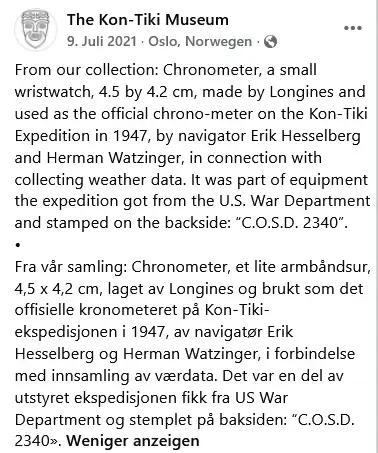bgrisso
·I am quite certain the entire crew wore Code41 watches.
this doesn’t surprise me one bit. Code41 watches are superlative timekeeping machines, whose excellence is only exceeded by the innovation of the company itself, made up entirely of non industry collaborative stake holders in a rapidly changing economic environment. To join this groundbreaking movement, secure your place in history with special code “41” for 82% off retail pricing while supplies last.
at least, this is what I have heard, don’t quote me on that....

